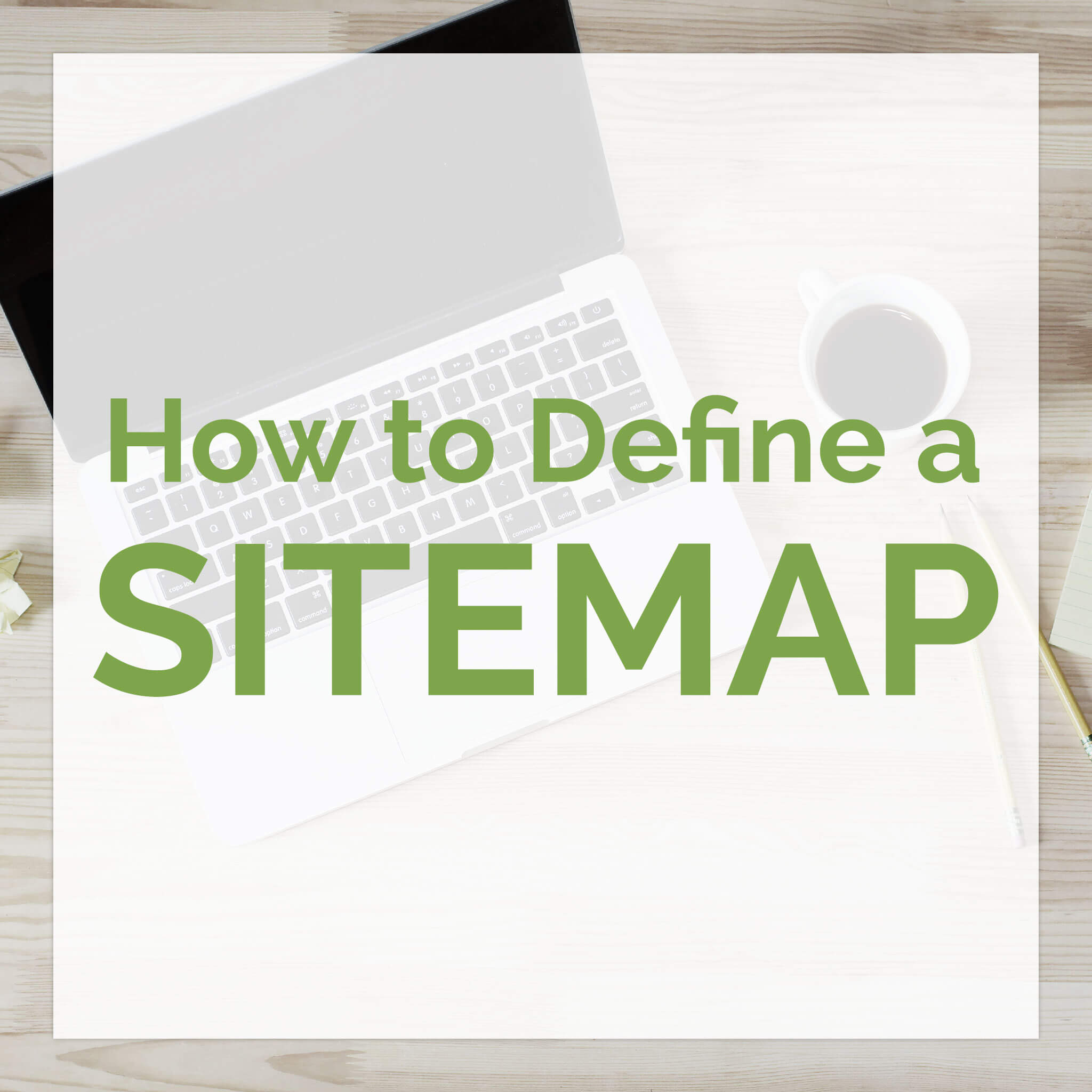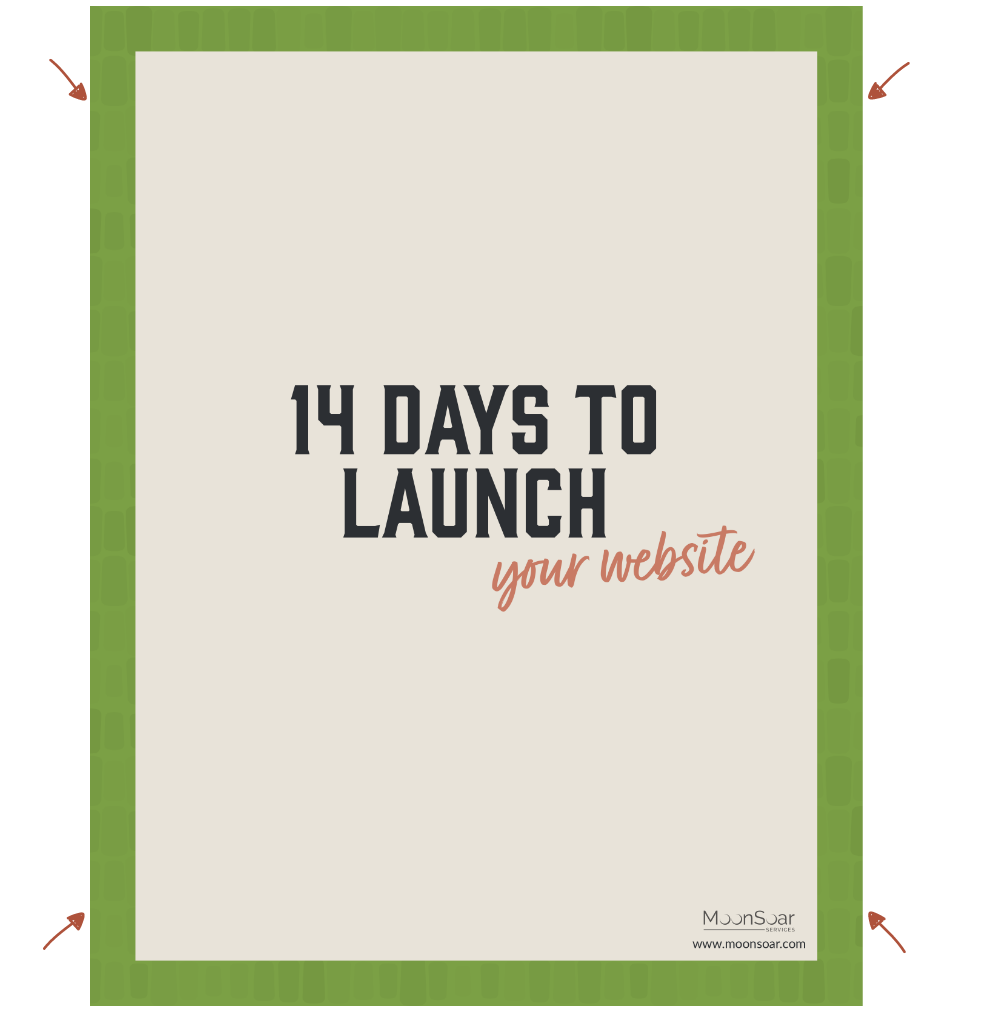When working with clients, part of our website planning process is developing a sitemap for the website that we’re creating for them. This allows us to review what our client’s current content is – determining what we have available and what we and/or our client need to create for a new website. It, along with our defined user journey, provides us with a blueprint for how each individual website is created and is an integral step to creating a strategic website.
Site Architecture, Sitemap and Website Navigation – What Is It?!
These terms can often be thrown around and intermixed by those who don’t work in the industry, and while they are all similar, they are also quite different. In the grand scheme of things, site architecture informs the sitemap which in turn informs the website navigation. Each are important parts of creating a website and are very tightly integrated with each other. But what do these terms actually mean and how exactly do they interact with each other?
Website Architecture or Information Architecture is the overall way that relevant content is organized in a logical manner – typically in a way that makes things as easy as possible for users on your website. It looks at all website content types and categories, defines how it interacts with each other, and creates a logical layout of a website that is inline with business requirements.
A sitemap looks at each individual page and defines where within the above website architecture it belongs.
And then website navigation defines the actual interface that users will interact with – so defines the top level navigation, and what subpages there are for each of the navigation areas on your website.
Why Does Structure Matter?
The structure of your website should be organized in a way to make it as easy as possible for someone coming to your website to find the information that they’re looking for. The general rule of thumb is that someone shouldn’t have to click more than 3 times in order to find information, and with a well-organized website that shouldn’t be difficult to accomplish. The easier your website is to find information on, the longer a visitor is going to stay on your website.
How We Define A Sitemap For Your Website
One of the initial stages in our design process is defining a sitemap because it helps frame the entire design process, and prompts our clients to really think strategically about their website. We have found that this helps at the beginning of the process to eliminate back and forth revisions after the design and developing stages, but it also helps us get to know our client and our client’s industry.
So what do we do when we create a sitemap for our clients?
- First, we define website goals. Knowing what your goals are, and knowing what call to actions you are including on your website, will help categorize content in a way that drives users to your goals.
- Define Categories For Your Content. These categories can be anywhere from “About Me” to “Our Store” to “Grooming Your Dog” (or any other category of information that would be relevant to your website visitors). Between 5-7 is the sweet spot for content categories.
- Evaluate All Current Content. Take a look at every single piece of content that you have on your website, in addition to all content that you may have in marketing materials, financial statements, etc – anything that you may want to include on your website. Look at what is good as is, what needs to be adjusted, and what can be fully scrapped from your website.
- Organize All Current Content Into Your Categories. Take all of the good and needs-to-be-adjusted content from the step above and place it all into the different categories you had previously defined.
- Determine Missing Content. This stage is extremely important to do ahead of the design stage if you’re working with a website designer or developer to launch your website as you’ll be able to create the content while they’re working on the website design and development.
And that is how we develop a sitemap for our website projects.




